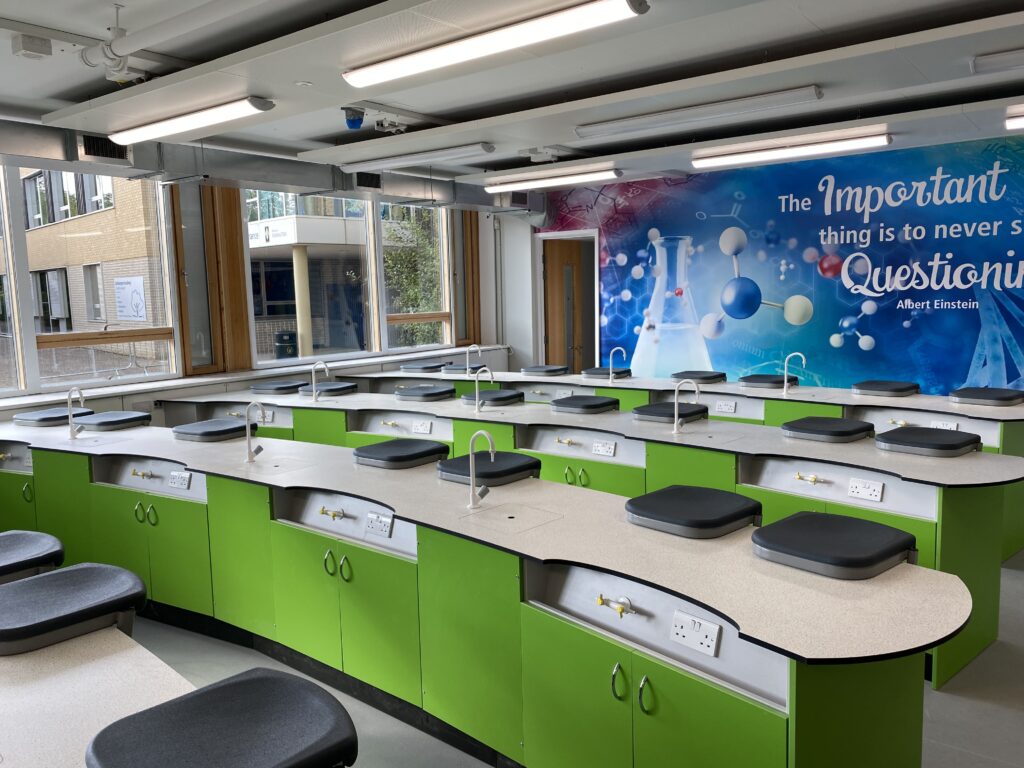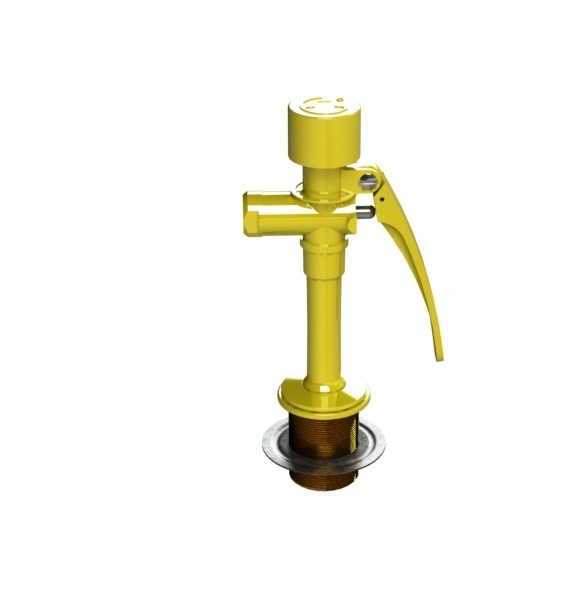How To Minimise Hazards In A School Science Lab
Any kind of work with chemicals, gases or scientific equipment brings with it its share of hazards, even if those carrying out the work are experienced adults.
With this in mind, a school science laboratory is an environment that requires thorough care and attention paid to health and safety procedures, as well as effort to minimise hazards wherever possible.
Science is a vast and incredibly interesting subject with so much to learn, so it’s certainly beneficial to children to learn about chemistry in a practical and hands-on way within the school laboratory. However, this is only the case if a safe and hazard-free environment can be created for pupils.
Read on for a look at the most common science lab hazards and ways that teachers and lab technicians can minimise hazards in a school science lab for themselves.

Provide thorough training
Before allowing students to work with any laboratory grade equipment, thorough training should be given to the class.
Training should consist of a look at the hazards involved with this specific piece of equipment, do’s-and-don’ts for safe use, a look at the features and capabilities of the equipment and, finally, a live demonstration for students.
Essentially, students should never use a piece of equipment without having been fully trained and taught about the equipment first.
Heightening students’ awareness of the features and capabilities of the equipment, as well as the potential consequences of improper use, will deter the group from using the equipment in an unsafe way.
The CLEAPPS website provides a good resource for science teachers, school facilities teams and school laboratory technicians.
Provide sufficient Personal Protective Equipment (PPE)
All school laboratories should have an inventory of PPE that can be utilised during lessons involving any potentially harmful chemicals.
Different PPE is needed depending on the particular task, so a school’s PPE supply should be fully prepared with protective goggles, protective coveralls, laboratory-grade face masks and gloves, among other PPE types.
Ensure that all students are aware of the correct donning and doffing procedures for PPE and know where to dispose of their PPE once they are no longer using it.
Lock chemicals and equipment away
Ensure that all chemicals and equipment are safely locked away out of pupils’ reach when not in use.
Chemicals should only ever be accessed by authorised individuals, such as lab technicians or teachers. Students should never be given undiluted chemicals.
Whether in a refrigerator or cupboard, the best course of action when storing chemicals is to keep them away from children by locking them away.
Never leave students unsupervised
It may go without saying but students should never be left unsupervised in a laboratory, even if hazardous chemicals are not in use.
Whether carrying out a practical task or not, there’s still plenty of equipment throughout the room that could become potentially hazardous if used incorrectly – bench-mounted gas taps, for example.
For this reason, children should never be present in the school laboratory without at least one authorised adult present. There should be at least two adults supervising during practical tasks, ensuring all students are watched.
Pay attention to general safety advice
While keeping children and teenagers safe in laboratory environments certainly requires some extra care and attention, that isn’t to say that general lab safety advice should be neglected.
Always ensure that students are adhering to basic lab safety advice at all times. General rules to follow include:
- Familiarise yourself with all lab safety signs
- Tie back long hair
- Do not eat or drink in the lab
- Wash hands immediately after practical tasks
- Familiarise yourself with fire extinguishers and where they are located
- Knowing these basic rules and following them at all times will help to reduce classroom accidents and encourage students to behave responsibly in the laboratory.
Encourage students to report any accidents
Ensure that students know to report any mistakes or accidents to the teacher or lab technician immediately.
In the event that a student made a mistake during an experiment and didn’t wish to tell the teacher for fear of punishment, the consequences could be dire. Explain to pupils that teachers would much rather learn immediately about any mistakes or accidents and that the priority is not reprimanding the student but keeping the class safe.
This includes the reporting of any breakages or damage to lab equipment, which must be taken out of use and replaced immediately.
Spills, leaks, mix-ups and such could all prove disastrous if not dealt with immediately. Encourage students to report all such incidents right away.
Provide emergency precautions
School laboratories must have the necessary emergency treatment equipment on hand to prevent long-term injuries in the case of an accident.
Emergency eye wash stations, safety showers and decontamination booths are all essential pieces of equipment and should be present nearby within any school lab environment.

School lab equipment with Arboles UK
At Arboles UK, we’re proud to supply educational institutions in a vast range of countries with the laboratory equipment needed to create a safe and high-standard working environment.
Browse the full Arboles education range and emergency eyewashes or get in touch for more information today.
